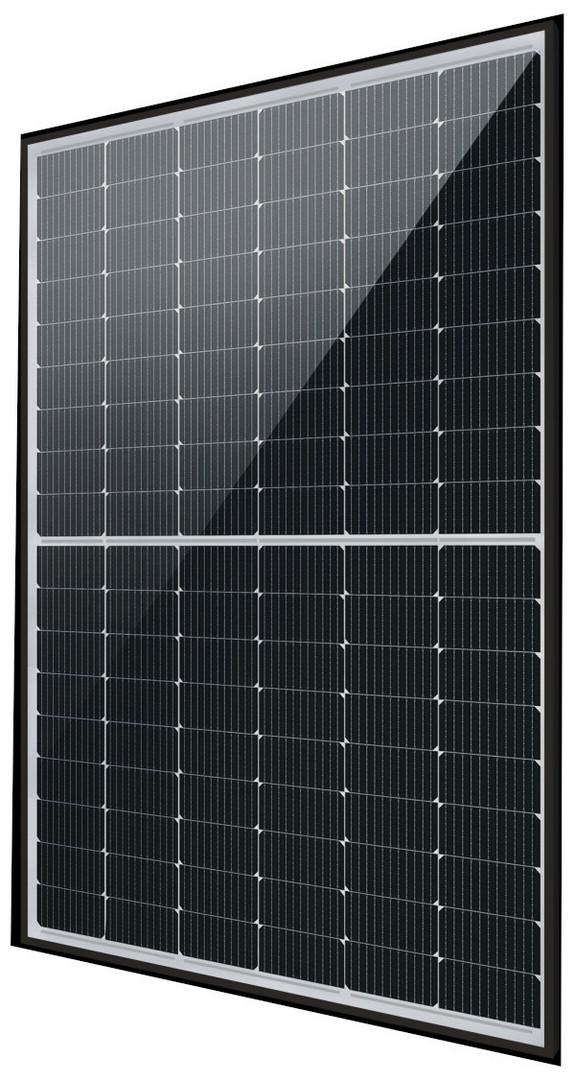I am curious about the use of sun tracker setups.. where you mount 2, 4 or more panels on a typically I would assume cemented in to the ground module for balance (esp against wind). I see a few on Amazon for like $500, and then there is the Ecoflow for $3300. I am sure there are more out there.
They supposedly give an addition 40% or so energy throughout the day per panel.. likely in ideal weather.. but even so, given the relatively "cheap" cost and space savings.. why am I not reading more about this? Is it purely that roofs could not support any sort of even partially tracking module to adjust panels even 15 or 20 degrees over a few hours? But for sure off grid folks.. wouldn't it make sense to set up a couple of these units for the say $1000 for holding say 6 panels to pick up an additional 20% to 40% more energy per day? Or is it just way too much work to install, and they really dont work that well? Maybe they are not very durable and dont last more than a few years before you'd have to replace the motors/etc?
Love to know if there exist some quality units that would last 20+ years with minimal upkeep/maintenance or if these things are very easy to break down and costly to fix?
They supposedly give an addition 40% or so energy throughout the day per panel.. likely in ideal weather.. but even so, given the relatively "cheap" cost and space savings.. why am I not reading more about this? Is it purely that roofs could not support any sort of even partially tracking module to adjust panels even 15 or 20 degrees over a few hours? But for sure off grid folks.. wouldn't it make sense to set up a couple of these units for the say $1000 for holding say 6 panels to pick up an additional 20% to 40% more energy per day? Or is it just way too much work to install, and they really dont work that well? Maybe they are not very durable and dont last more than a few years before you'd have to replace the motors/etc?
Love to know if there exist some quality units that would last 20+ years with minimal upkeep/maintenance or if these things are very easy to break down and costly to fix?



